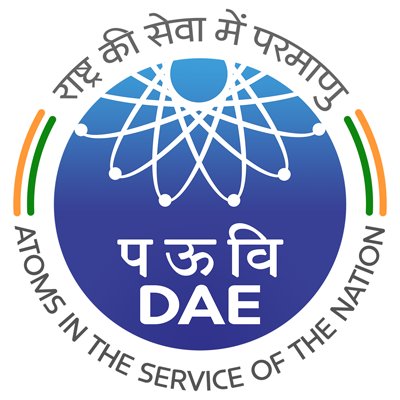India has very serious shortages of electricity. About two hundred million people out of India’s one billion three hundred million citizens do not have any access to electricity. Much of the rest of the country does not have reliable sources of electricity. In July of 2012, India experienced the biggest electrical blackout in world history. About six hundred and seventy million Indian’s had no electricity for three days. This is about half of India’s population. Future growth in the economy and population of India are going to require a major expansion of electrical generation.
Currently, nuclear energy provides less than four percent of the electricity for India. India has been planning to build seventy six new nuclear power reactors that will generate sixty-three megawatts worth of nuclear power. That would provide about twenty-five percent of their electricity.
India had an ambitious three phase plan for the development of nuclear power. The first phase would be the construction of conventional power reactors. The second phase would begin with the construction of four fast breeder reactors to generate plutonium to fuel a fleet of fast breeder reactors. The third phase would be the development of thorium reactors. India has large deposits of thorium.
The Indian Department of Nuclear Energy (DNE) has just announced that they are cutting way back on their nuclear ambitions. Fifty-seven reactor projects are going to be cancelled leaving only nineteen reactor construction projects. This means that instead of twenty-five percent of electricity being nuclear by 2032, only about ten percent will be nuclear by that date.
The Indian DNE which made the announcement of the cancellations did not give any reason for the decision. Analysts say that it is probably a combination of reasons such as a lack of funding, the absence of a reliable supply chain that could cope with such a huge increase in reactor construction and the lack of a trained workforce to construct and maintain the nuclear reactors.
One major roadblock for India’s nuclear projects has been the fact that India has very stringent supplier liability laws. This is a result of the horrible Bhopal disaster in central India in 1984. Foreign nuclear technology firms are afraid that a nuclear disaster in India could bankrupt them.
Another problem for India is the fact that they have not signed the international treaty to prevent proliferation of nuclear weapons. They are not part of the international organization of nuclear technology suppliers because of the fear that dual use technologies that are sold for the development of nuclear power could be repurposed for the creation of nuclear weapons.
India will rely of coal fired power plants to replace the cancelled nuclear projects. India has huge deposits of coal and is the third largest exporter of coal in the world. This will impact India’s attempts to fight climate change. India’s carbon dioxide emissions rose almost five percent in 2016 as opposed to the drop-in emissions recorded by other nations which are major sources of carbon dioxide.
Indian Department of Atomic Energy logo:
